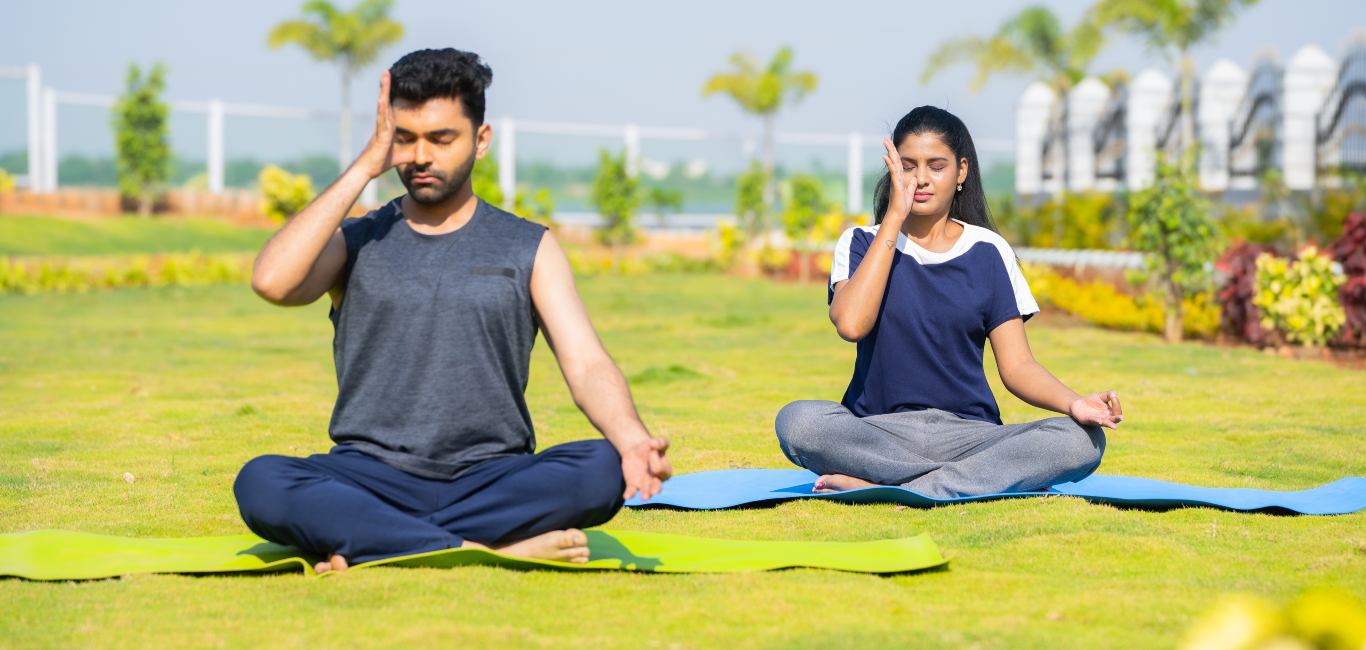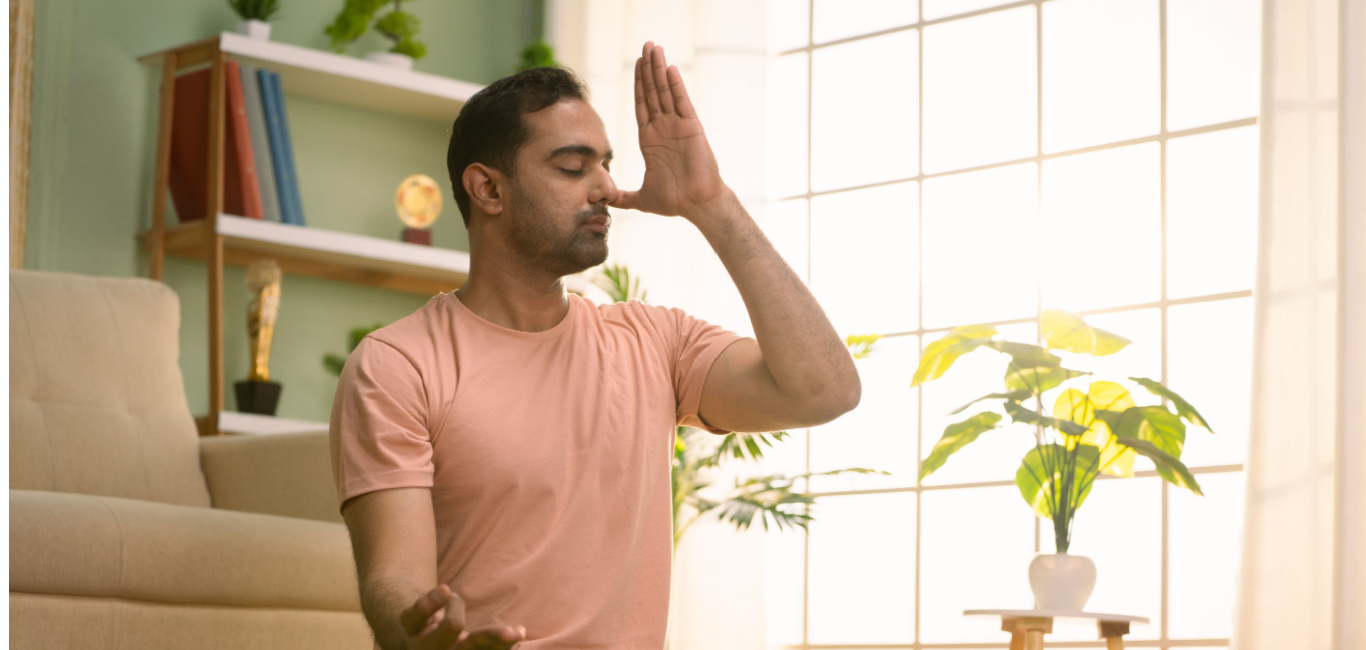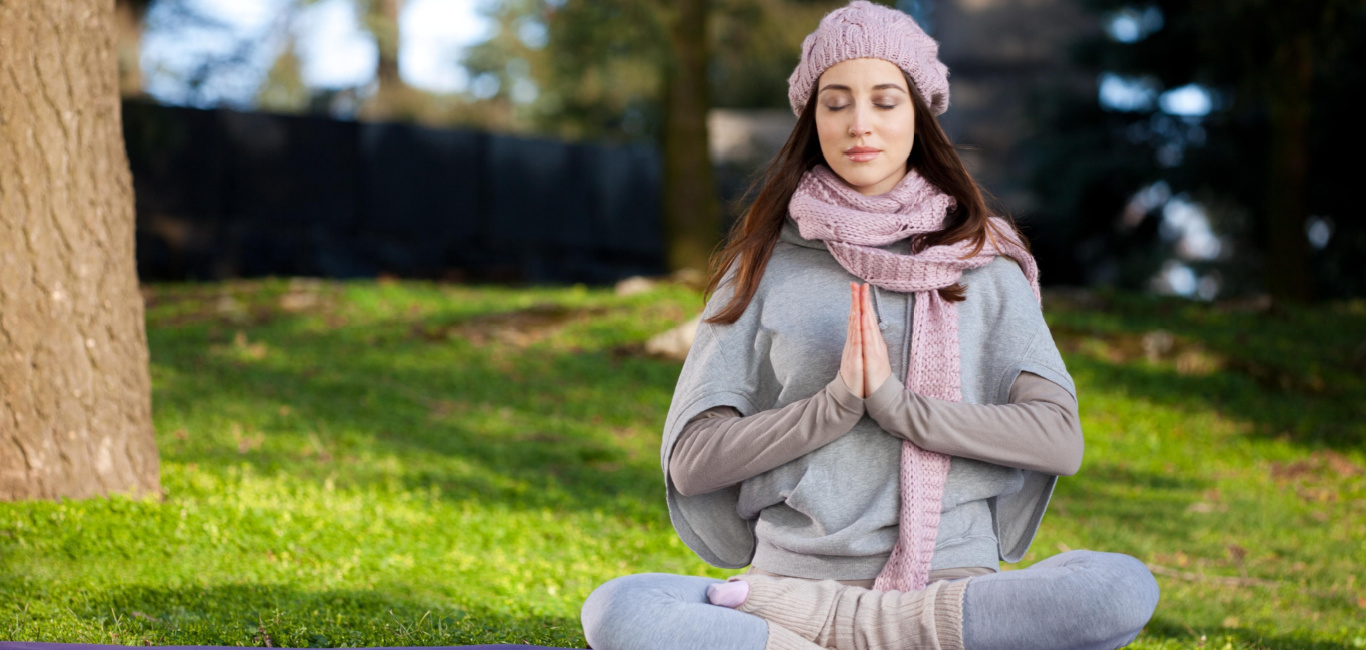
It is that time of year when the sun’s sweltering heat drives people indoors. One is drained of energy and vulnerable to dehydration and sunburns.
That is when pranayama enters like a cool breeze. Yes, that is right. Pranayama is an effective technique to cool the body during summer. Read on to know more.
Introduce simple practices
Although our bodies have an innate ability to adapt to the changing seasons, introducing simple modifications to our daily routines can aid in the process.
Ashna Eldo, 26, a financial assistant from Bengaluru, has chosen pranayama as her preferred coping strategy to beat the summer heat. This helps her in overcoming daytime sleep and sluggishness.
“I practice power yoga for the most part of the year, but when summer arrives, I opt for basic stretches and pranayama instead. A gentle and mild yoga routine during the hotter months keeps me active throughout the day,” she says.
Moreover, according to Koshal Rathore, yoga instructor from Pune, Maharashtra, “Pranayama practices can help one to adjust and align one’s body naturally with the environment during summer.”
Eldo adds that if she were to do power yoga during summer, she would quickly feel drained and become dehydrated.
Adopt calm and cool
“In summer, one must do easy and gentle yoga poses that will not overheat one’s body and help one relax,” says Lokesh Ranjan, a yoga physician in Uttarakhand.
The amount of pitta or heat energy that is generated within the body increases during summer. Pranayama techniques that cool and relax the body and mind, like nadi shodhan, sheetali, sheetatkari, bramari and kapala bhati, are beneficial, he adds. These controlled breathing techniques ease the tensions of both body and mind, all the while helping to restore the balance of excess pitta in the body.
How to start- pranayama
Ranjan recommends beginning with basic stretching and warm-up exercises. Individuals new to pranayama can begin with the new-born breathing technique (fast breathing) and anulom-vilom (alternate nostril breathing) before gradually transitioning to other types of pranayama exercises. “I generally recommend 20 minutes of stretches and half an hour of pranayama and meditation,” he says.
Experts share a few pranayamas for summer to include in your yoga practice.
- Sheetali pranayama, or cooling breath.
- Nadi shodhan pranayama, or alternate nostril breathing.
- Bramari pranayama or humming bee breath
- Shavasana or corpse pose
Read more about – Pranayama.
Benefits aplenty
These breathing techniques help reduce fatigue, increase oxygen levels, and energise the body. All these poses also help balance the nervous system, achieve a state of balance, and counterbalances the summer heat, says Ranjan.
Cooling pranayama
Sheetali pranayama is a breathing technique known for cooling the body. This breathing technique involves rolling the sides of your tongue inward and extending it out of your mouth, and then inhaling through your mouth and exhaling through your nose. “If you find this challenging, you can also follow Sheetakari pranayama (without rolling the tongue),” says Ranjan.
“Sheethali pranayama helps one handle hot summers, generates a feeling of coolness in the body, and keeps one’s energy levels high,” says Rathore.
Alternate nostril breathing
Anulom-vilom pranayama harmonises the energy flow of the body and promotes a tranquil state of mind. “Alternative nostril breathing helps balance the right and left hemispheres of the brain and stimulate the parasympathetic nervous system (this system relaxes the body after stress),” says Ranjan.
According to experts, this breathing technique offers a variety of benefits. Regular practice can enhance mental clarity and promote a more alert mind. Additionally, it can improve concentration and reduce stress levels.
Humming bee breath
Bhramari pranayama is a soothing breathing technique that involves sitting comfortably with the eyes closed and making a humming sound while inhaling and exhaling through the nose. This sound creates a vibration that can help release tension and promote mental relaxation. This pranayama can improve cardiovascular function, sleep quality, and immune system efficiency.
During the practice, a gentle sound, like the buzzing of a bee, is produced at the back of the throat. This sound and breathing exercise can quickly quiet the mind and promote relaxation and calmness.
Bonus corpse pose
This relaxing position is practised at the end of the yoga and breathing session. It might look easy, but the challenge with this pose is being in the relaxed state for a longer duration.
Another challenge is to be conscious and alert while relaxing your body physically. This helps to release tension and enter a relaxed state of mind. In summer, stay in the corpse pose a bit longer to give the mind and body time to unwind, settle, and fully cool down.
Read more about – Shavasana.
Ranjan concludes with a note of caution: if you are struggling with low blood pressure, arthritis, or heart-related concerns, it may be best to steer clear of this pranayama practice. That is because this pranayama technique is considered cooling, which is not recommended for individuals with these health conditions.


















3 Responses
very nice and educatabe post for breathing exercise to keep the mind and body healthy to grow in lfie
very much calming
I got very gt experience with your guidance about yoga n pranayama for Summer